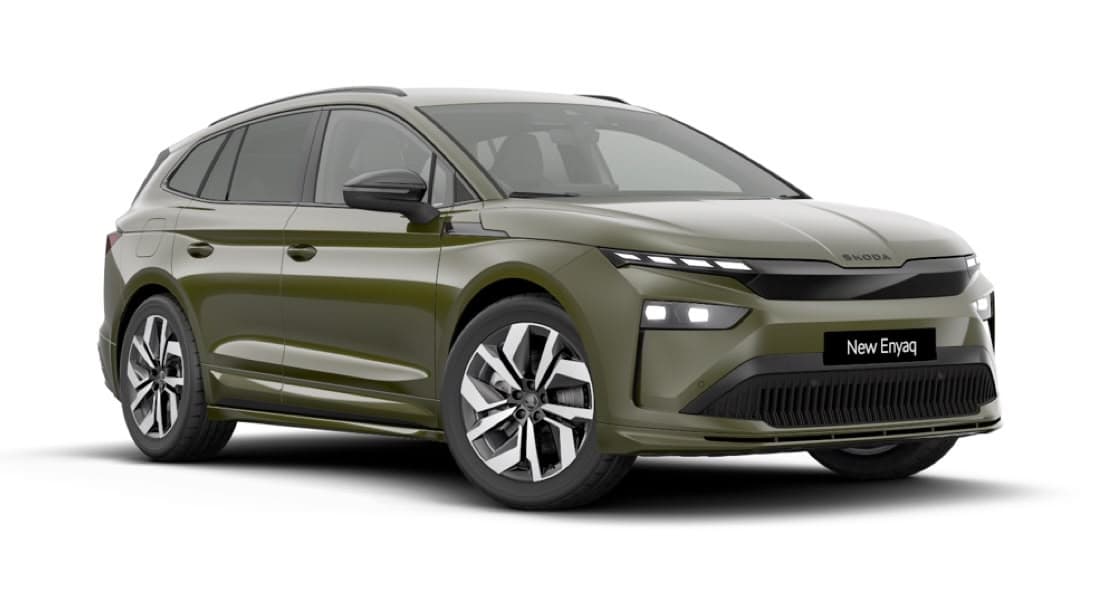Skoda Enyaq

Range (WLTP)
526 - 547 km
Battery Size
82 kWh
Variants
Performance
0-100 km/h
6.7 sTotal Power
210 kWTorque
545 NmTop Speed
180 km/hDrive
RWDRange & Efficiency
WLTP Range
547 kmWLTP Consumption
159 Wh/kmHighway Range
427 kmBattery & Charging
Battery (nominal)
82 kWhBattery (usable)
77 kWhBattery type
NMCAC Charging
11 kWDC Charging
135 kWVehicle-to-Load (V2L)
NoDimensions & Weight
Length
4660 mmWidth
1879 mmHeight
1607 mmGround Clearance
182 mmWeight
2230 kgShape
Medium SUVSeats
5Storage & Towing
Boot Space
585 LBoot Space (Max)
1710 LFrunk
—Towing (Braked)
1000 kgTowing (Unbraked)
750 kgHow many Skoda Enyaq have been sold in NZ?
There have been 476 registered to date (including 4 used imports).
Skoda Enyaq registrations
Monthly units (includes new and used import)
